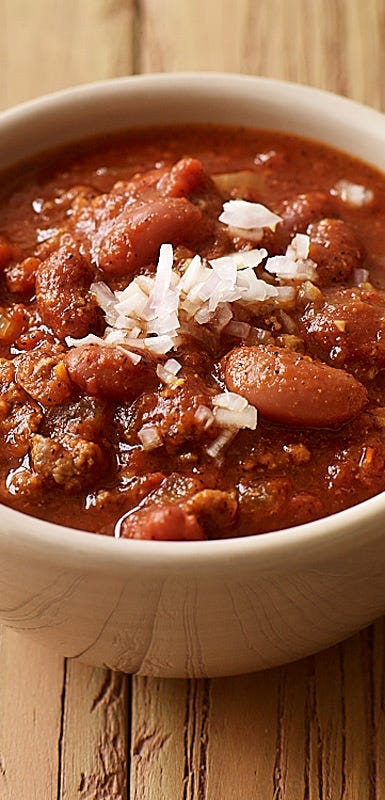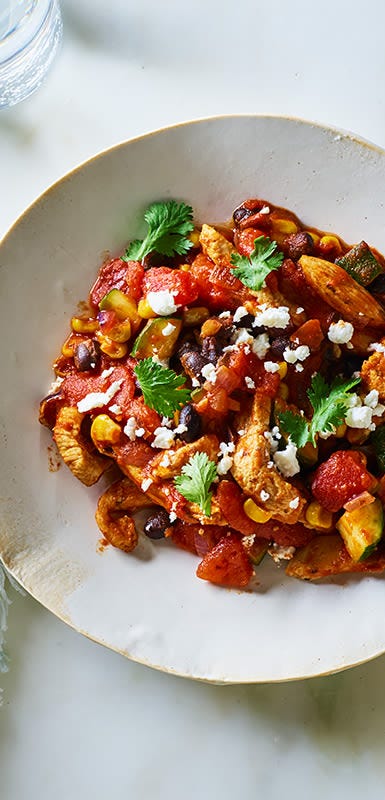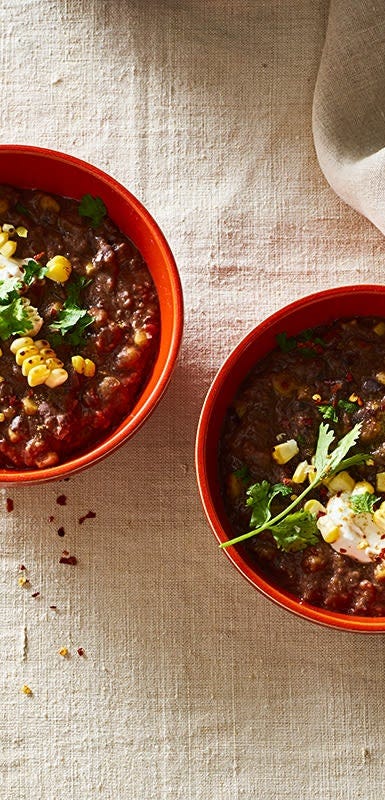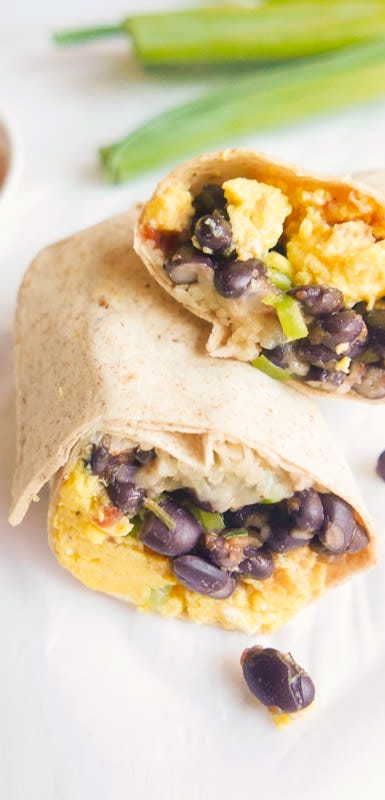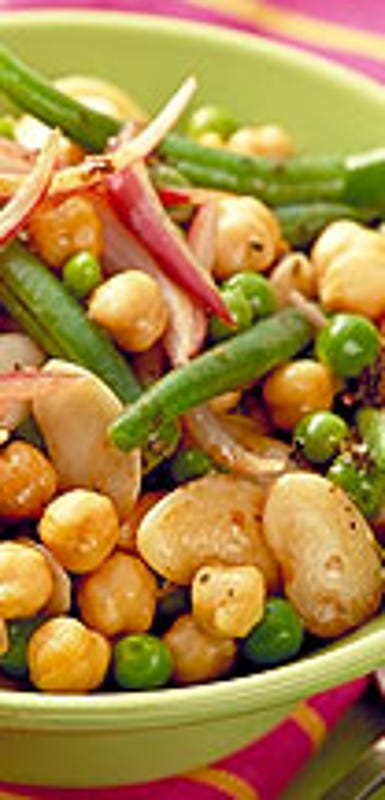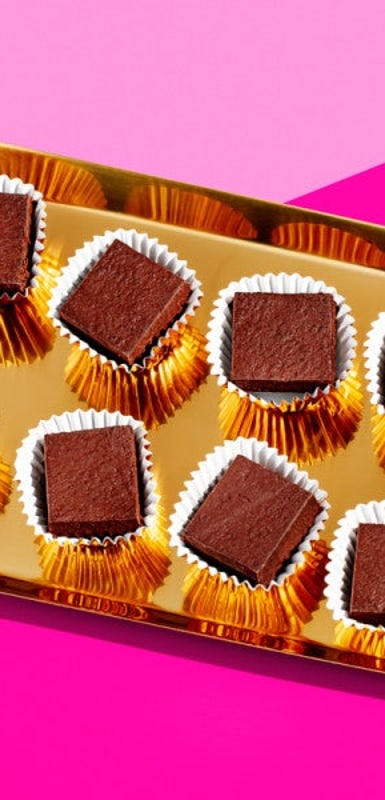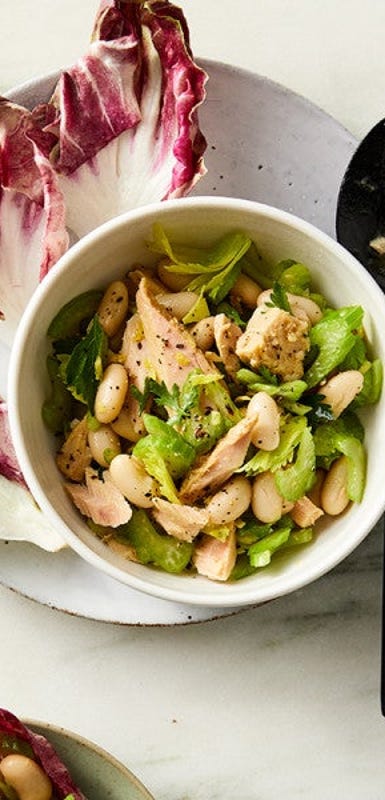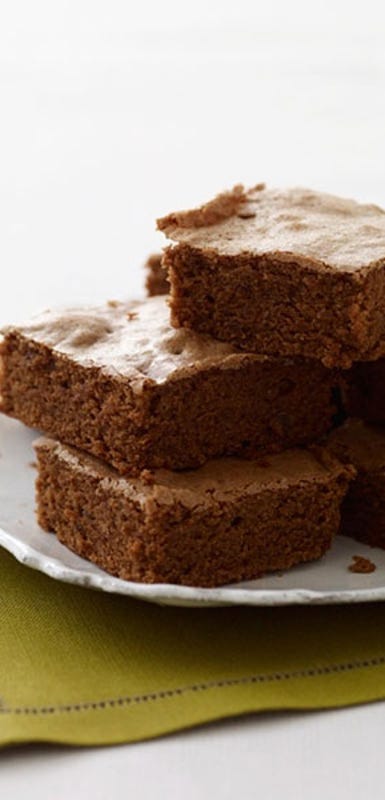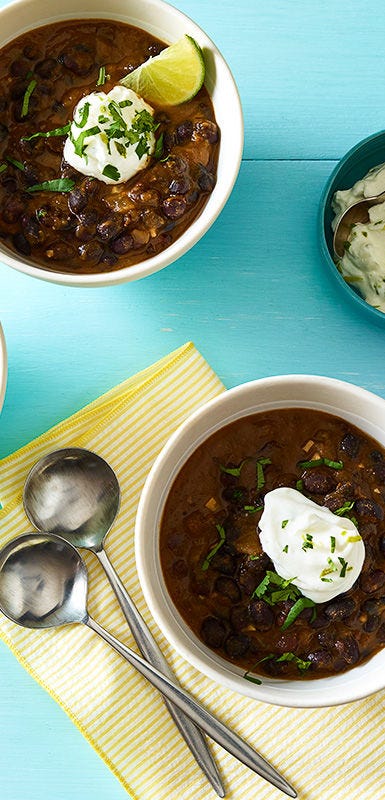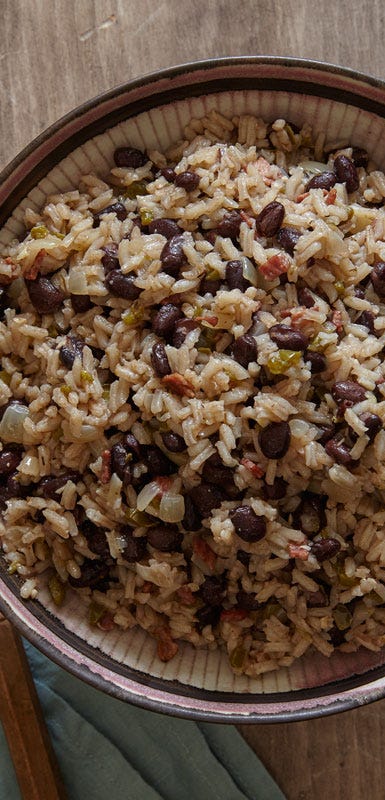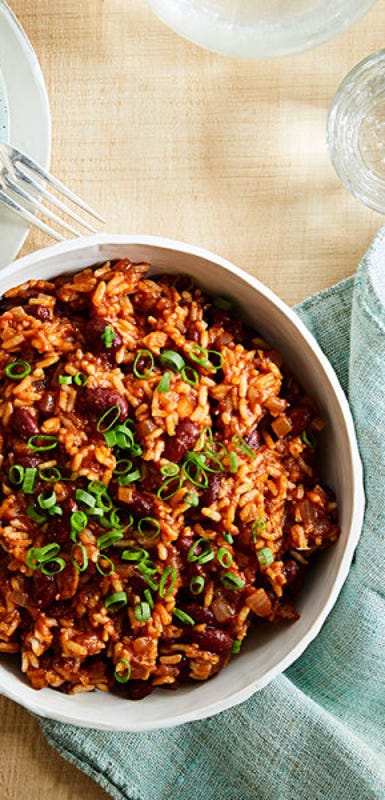Everything you need to know about beans
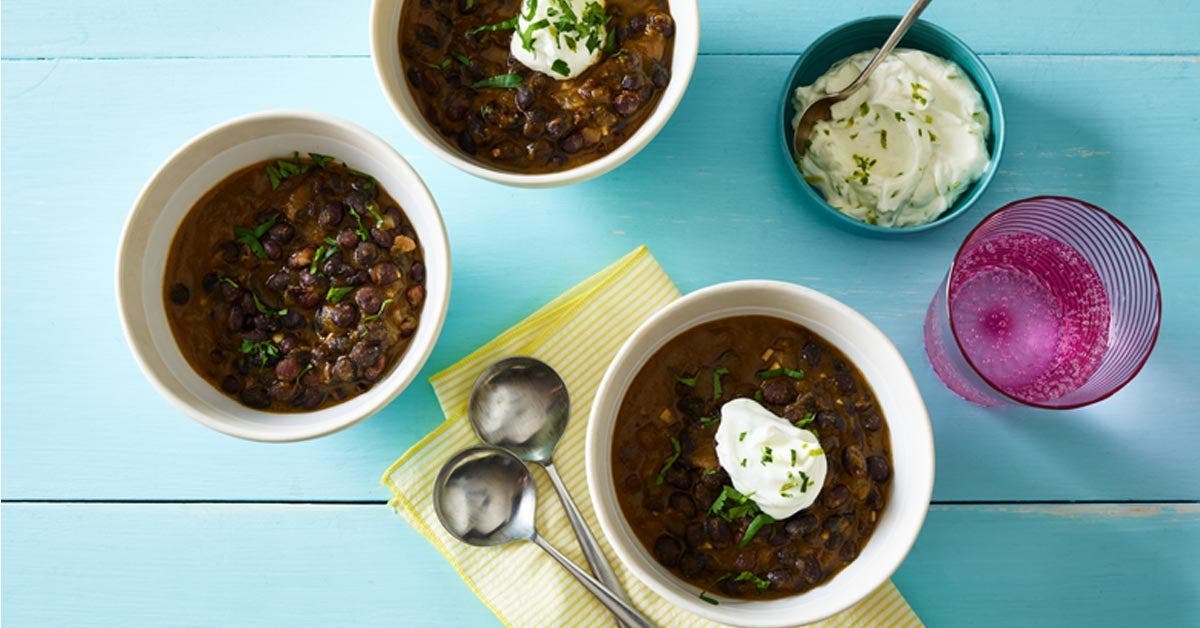
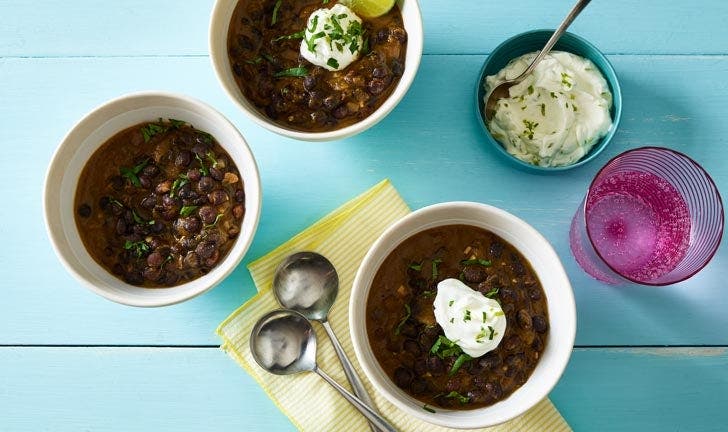
An important dietary staple in cuisines all over the globe, the humble bean is as nutritious as it is delicious and versatile. A ZeroPoint food for those on the Blue or Purple plan (and a low SmartPoints item if you’re on Green), this article breaks down the importance of including beans in a healthy diet, the pros and cons of canned versus dried beans as well as some our favourite recipes featuring beans as the central ingredient.
Three nutritional benefits of eating beans
Fibre: Beans are an excellent source of soluble and insoluble fibre, both of which promote gut health and regularity. The consumption of soluble fibre has been linked to lower LDL cholesterol levels and a decrease in high blood pressure, while insoluble fibre has been shown to lower the risk of colon cancer and other gastrointestinal illnesses. If beans are new to your diet, begin with small amounts and work your way up; the sudden addition of extra fibre can potentially cause gas or an upset stomach.
Folate: Beans are a good source of folate, also known as vitamin B9, which is used by the body to produce DNA and RNA, to turn carbohydrates into energy and to make healthy red blood cells.
Iron: Beans are a plant-based source of iron, which makes them a particularly valuable addition to any vegetarian or vegan eating plan. In addition to iron, beans also contain an antioxidant called phylate which, although nutritionally beneficial, can result in less than optimal iron absorption. To fix this, enjoy beans with foods that contain vitamin C such as spinach, broccoli, sweet peppers, citrus and tomato sauce.
The scoop on beans and protein
Beans are a fat-free, cholesterol-free, plant-based source of protein. With the exception of soybeans, which contain all nine essential amino acids, beans are considered an incomplete protein. Up until fairly recently, dietitians have recommended “combining” incomplete proteins in a single meal to form complete proteins (classic examples include beans and rice or beans and cheese.) Current research shows that combining incomplete sources of protein is unnecessary as long as a variety of protein-containing foods are eaten over the course of the day.
Canned beans vs. dried beans
When it comes down to sheer convenience, there’s no beating canned beans. Always rinse canned beans before using to partially remove excess sodium. Choose “no salt added” canned beans (still giving them a rinse) if you’re watching your sodium intake.
Dried beans require more effort, but often taste better as well as being a more economical choice. Soaking the dried beans in cool water overnight shortens the cooking time considerably and produces a creamier end result. If you’re short on time, you can also try the quick soak method which involves pouring boiling water over the dried beans (a large pot or heat-proof bowl works well) and letting them soak for an hour. To cook dried beans, cover them with fresh water by a couple of inches and bring the contents to a boil before reducing the heat and letting the beans cook for the specified time. A pressure cooker makes fast work of cooking dried beans, just be sure to factor in the time needed to build and expel steam.
Sometimes you might find that dried beans refuse to soften no matter how long they’ve been soaked or simmered. Here are some of the most likely culprits, as well as tips for troubleshooting them:
- Old beans: Although they’re praised as a pantry staple with an extra-long shelf life, older dried beans might never soften, even after hours of cooking time. Choose beans that are unwrinkled and plump, and store them in the freezer to keep the beans fresh for an extended period of time.
- The presence of an acid: This is more likely to cause a problem if the beans are being cooked with tomatoes, vinegar or even a squeeze of citrus juice. This effect can be counteracted by adding a pinch of baking soda, although this causes the beans to become very soft (which is fine for homemade hummus, but not for a bean salad) and they will lose some nutritional integrity.
- Hard water: If you know you’re cooking with hard water, add a generous pinch of salt to the water. Alternatively, use distilled or bottled water when preparing dried beans.
Making healthy swaps with dried beans
- Use pureed black beans in your favourite brownie recipe in place of some or all of the flour (or any other dense chocolate dessert)
- Add a can of white beans to homemade or jarred tomato sauce
- Replace half of the ground meat called for in a recipe with mashed kidney beans
- Mix in half of a cup of mixed beans to canned soup or bisque
- Add chopped raw vegetables, fresh herbs and crumbled cheese to a can of chickpeas; top with a drizzle of olive oil and a squeeze of lemon or lime juice

